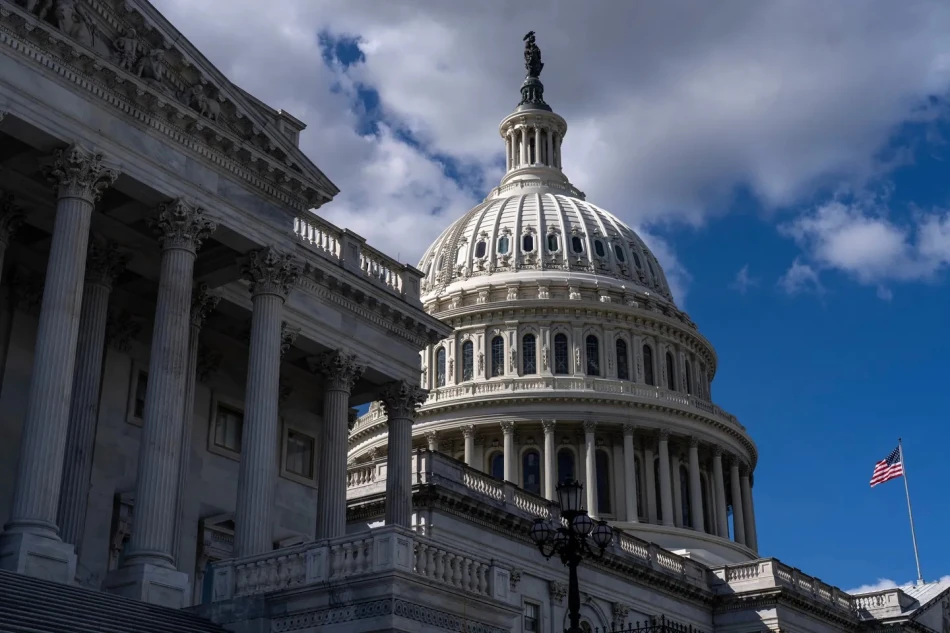
Historic US Govt Shutdown Enters Record-Breaking 36th Day, Impacting Millions
The US government shutdown has entered its 36th day, making it the longest in American history and surpassing the 2019 shutdown during Donald Trump's first presidency. Republicans and Democrats in Congress have failed to reach a budget agreement since federal funding expired on October 1st, freezing social benefits, forcing hundreds of thousands of government workers into unpaid leave, and disrupting air traffic operations.
This shutdown affects about 25% of the federal government, including key departments like Homeland Security, Transportation, and Agriculture. Essential services continue to operate, but workers in these areas are working without pay until Congress passes a funding bill.
The economic impact grows each day the shutdown continues. Government contractors aren't getting paid, federal employees are struggling to cover basic expenses, and some are turning to food banks or taking temporary jobs. The National Association of Government Employees estimates that each week of shutdown costs the economy roughly $6 billion in lost productivity and delayed government services.
Air travel has become increasingly problematic as TSA agents and air traffic controllers work without paychecks. Some airports report longer security lines, and the Federal Aviation Administration has had to slow air traffic at major hubs due to staffing shortages. This creates a ripple effect that hurts airlines, tourism, and business travel.
Financial markets have shown mixed reactions to the prolonged shutdown. While some investors view it as a temporary disruption, others worry about the broader economic consequences if it drags on for months. The uncertainty makes it harder for businesses to plan investments and hiring decisions.
Previous shutdowns have typically lasted days or weeks, not months. The current deadlock suggests both parties believe they have more to gain politically by holding their positions than by compromising. But the longer it continues, the more pressure builds from affected workers, businesses, and voters who want their government functioning again.
 Sara Khaled
Sara Khaled







